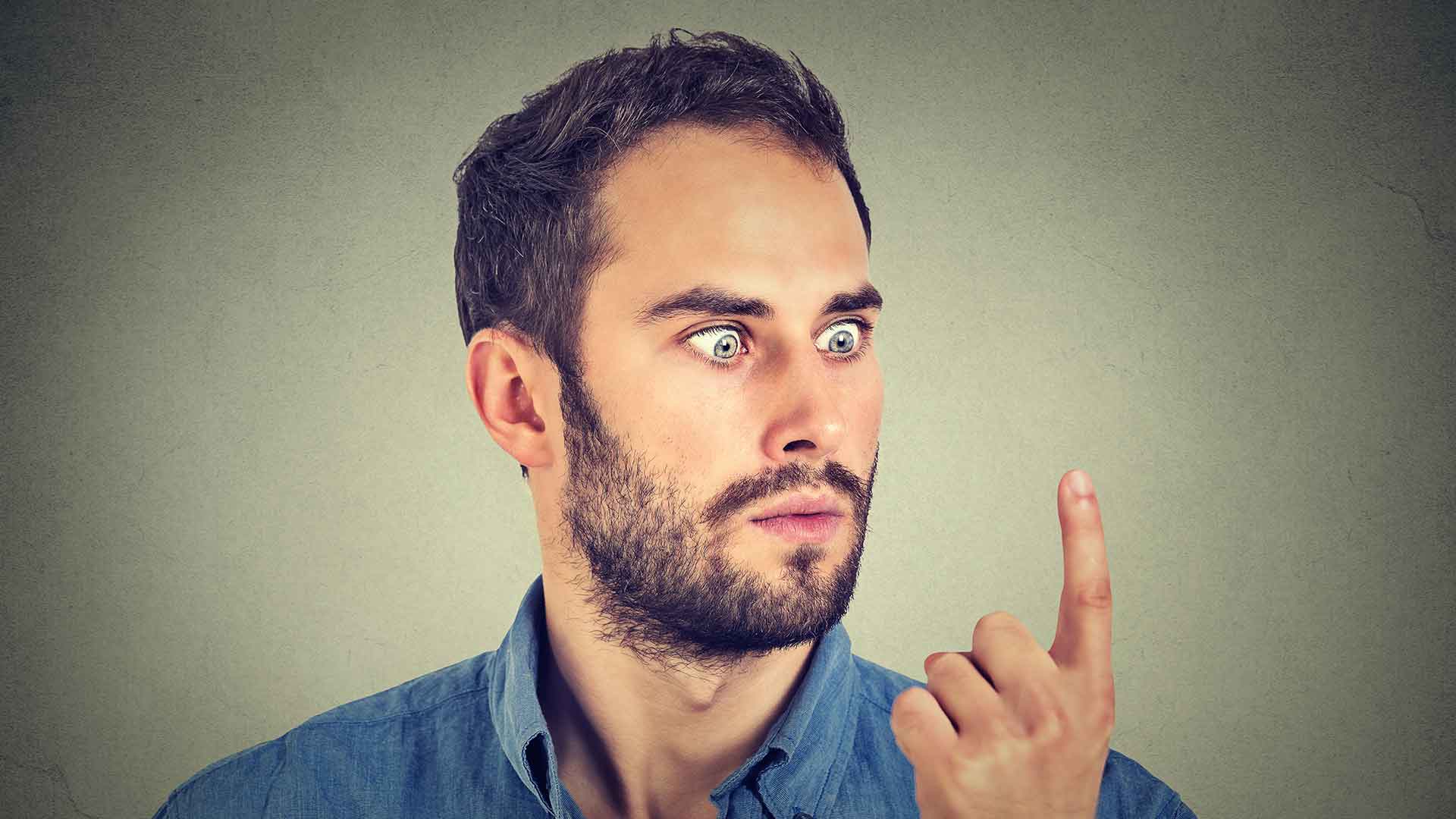How Is Strabismus Diagnosed?
inspection
In the examination phase before the strabismus surgery, the patient will be asked to focus on anything in front of him while both eyes are examined separately. In addition, it is checked whether the eye movements used while looking right, left, up and left, down and right are consistent.
Light Test
The doctor takes a step back and stands in front of the patient about 30 to 35 centimeters apart. They then check the patient’s eyes with a portable flashlight. While continuing to look at the light source, the patient notices the light reflection in his cornea.
By typical standards, these reflections should be symmetrical and located in the center of the pupil in both eyes. It is diagnosed with the strabismus test, when light reflected from one of the eyes is placed outside the center of the pupil. As is known, the “Hirschberg test” is only a preliminary assessment and does not provide a definitive diagnosis. The patient should also be evaluated when focusing on distant objects (approximately 5 cm from a picture or object).
Closing Test
While the patient is looking at a certain place, the doctor will close one eye and observe how the other eye moves. When the undamaged eye is closed, the exposed eye remains stationary, allowing a motion proportional to the type of shift to be detected (the eye that slides in moves outward to reveal). This test can be performed alternately between the two eyes and allows the identification of bilateral strabismus (sometimes written as alternative strabismus).
How to Treat Strabismus?
The goals of strabismus treatment are to preserve the patient’s vision, realign the patient’s eyes to parallel, and restore binocular vision. Corrective lenses, eye exercises, tinted glasses, botox injections into the extraocular muscles or surgery can be used to treat this disease.
When deciding on the treatment plan, it is important to examine issues such as the age at which the deviation first appeared, whether it affects both eyes or only one, and whether there are other refractive errors. When a child has a crossed eye or another eye disease, it is vital that the refractive error is repaired with glasses as soon as possible.
The group of accommodative strabismus includes various types of strabismus that can be corrected with glasses. When the child’s eye defect is corrected, that is, when the young person wears glasses (the eyes come to the midline when the child wears glasses), the misalignment disappears, but when the defects are corrected, the eyes shift again.
The remedy for this type of strabismus is to use glasses. Surgical procedures are not applied to these people. In a group of people who had strabismus surgery, the use of corrective lenses for an eye problem did not affect the strabismus angle. Surgical methods are used in their treatment. It is very important to know that if the child has glasses before the surgery, they will need to continue to use them.
Strabismus surgery is usually performed while the patient is under general anesthesia. In this operation, as in other operations, there is a risk of complications such as bleeding and infection. Strabismus surgery is a tried and true treatment method that has been successfully applied for over a hundred years.
A competent physician should be consulted for both diagnosis and treatment of strabismus, and the treatment must be completed by the age of seven for the treatment to be effective. Regardless of any complaints or findings, every child should take at least one exam before starting primary school. This screening should preferably be done when the child is between the ages of three and four.

